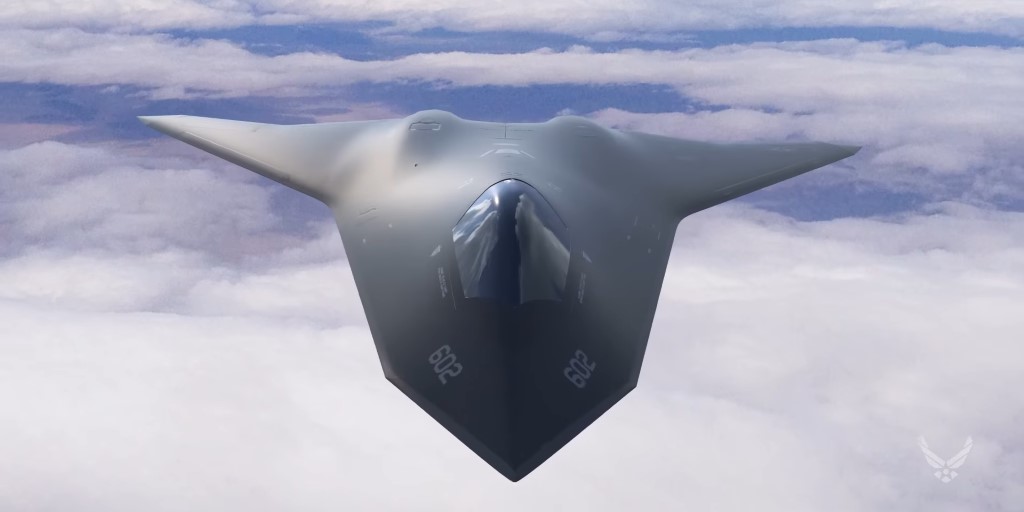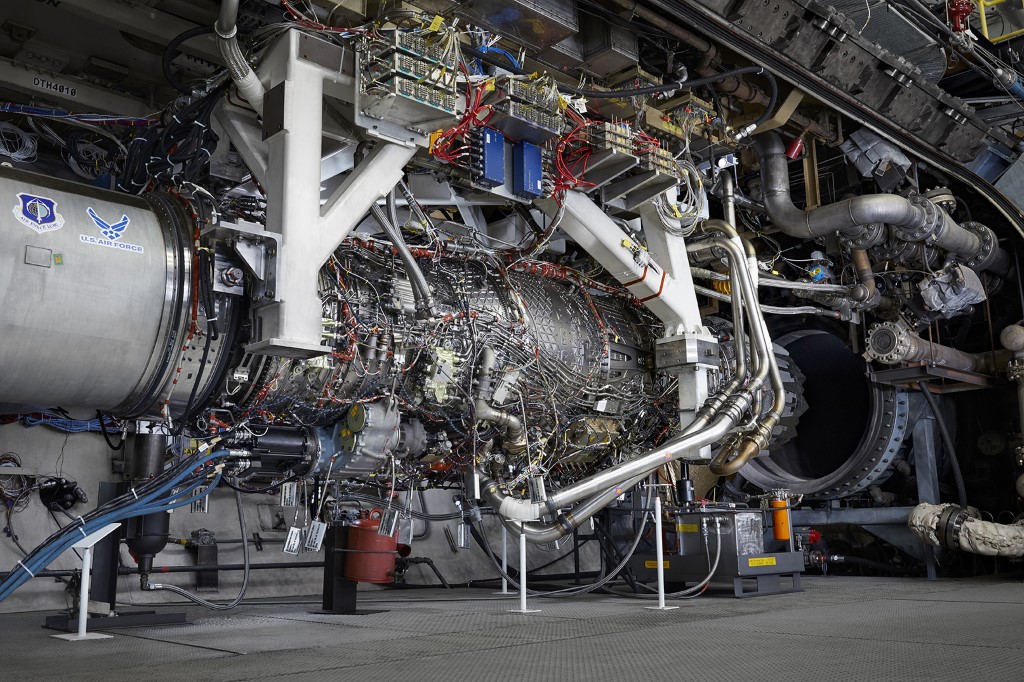USAF’s sixth generation fighter engine won’t work for F-35 because of vast differences in tech
The programme that is developing an engine for the US Air Force’s sixth generation fighter won’t be fit to the F-35 because of vast differences in technology.
This announcement comes from the service’s programme executive officer for fighters and advanced aircraft.
The Adaptive Engine Transition Program (AETP) propulsion technologies “really are future looking” and not applicable to existing aircraft, Dale R. White said at a press conference at the Air Force Life Cycle Management Center’s recent Life Cycle Industry Days symposium.
USAF is developing a replacement for the F-22 under a programme called Next Generation Air Dominance (NGAD), the centre of which will be a sixth generation fighter.

AETP, which launched in 2016 with Pratt & Whitney’s XA-101 engine and GE’s engine, called XA-100, will most likely propel the NGAD jet, White says.
The engines use an adaptive cycle design that provides a high-thrust mode for maximum power and a high-efficiency mode for fuel savings and loiter time.
Now White has said retrofitting current fighter jets with the engines won’t be possible.
“The focus for now is how do we get the most out of what we already have fielded, versus where do we go in the future capabilities,” White said. There’s “only so much [more performance] we’re going to be able to get out of the … propulsion systems we have, and so we’re working very hard to figure out what we can get out of that, what are some of those trades.”
The technologies in AETP are “very different than what we use on the fielded systems that we have,” he said. Where there are opportunities to make them “backward compatible,” that will be done, but White suggested there have been few instances of this.
Changing the propulsion system on a fielded aircraft is “extremely complex, and there’s a lot that goes with that,” he added. “So you have to think about what the return on investment might be there.”

One example of improving current platforms is the F-22 and its Pratt & Whitney F119 engines. White confirmed the air force is looking at improvements to the engine and “whether or not we’re getting the most out of that system and [whether] we can do more for it.” “Everything’s on the table” to make improvements on engine performance, regarding “climate, to efficiency, to thrust,” he said.
AETP technology will most likely apply to USAF’s NGAD fighter and other futuristic platforms, including a replacement aircraft for the F-16, White said.
These new comments contradict previous statements that the F-35’s engine will be replaced eventually by emerging technology from AETP, and indicate the F135 engine that powers the fifth generation fighter will be improved instead.
In 2017, Pratt & Whitney wrapped up tests of a three stream engine with a F135 core under the XA-101 programme. In 2018, the engine manufacturer changed its development plan for the F135, and offered an adaptive three-stream fan that is separate from the XA-101, which would have a new engine core instead.
Meanwhile, GE finished testing its competing XA100 engine in May this year. Assembly of a second prototype XA100 is underway, with testing on that engine expected to begin later in 2021. Once complete, that will conclude the major deliverables of the AETP programme, GE says.
Based on White’s comments, both engine designs won’t be appropriate for the F-35 programme and will be focused on powering the NGAD fighter.













